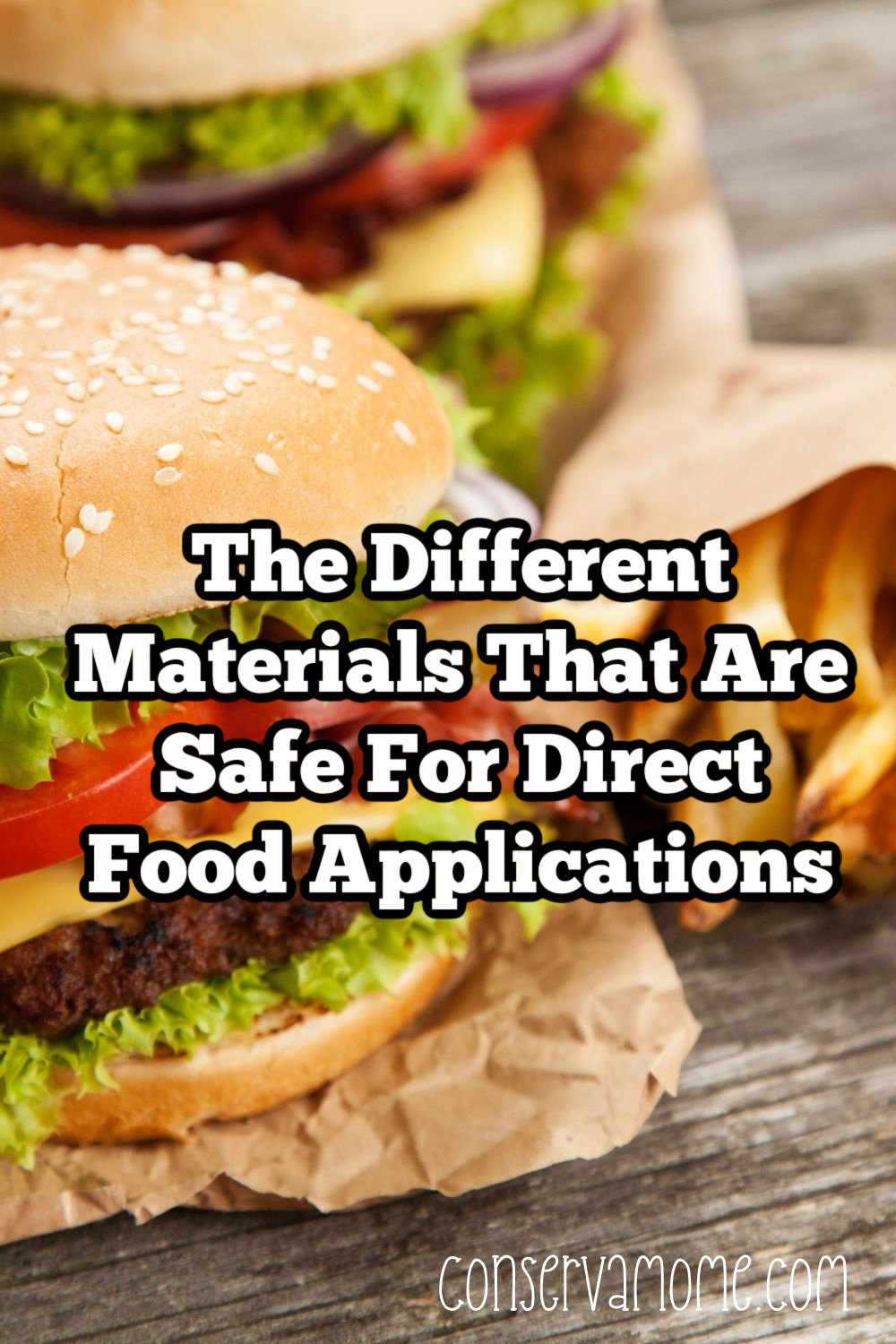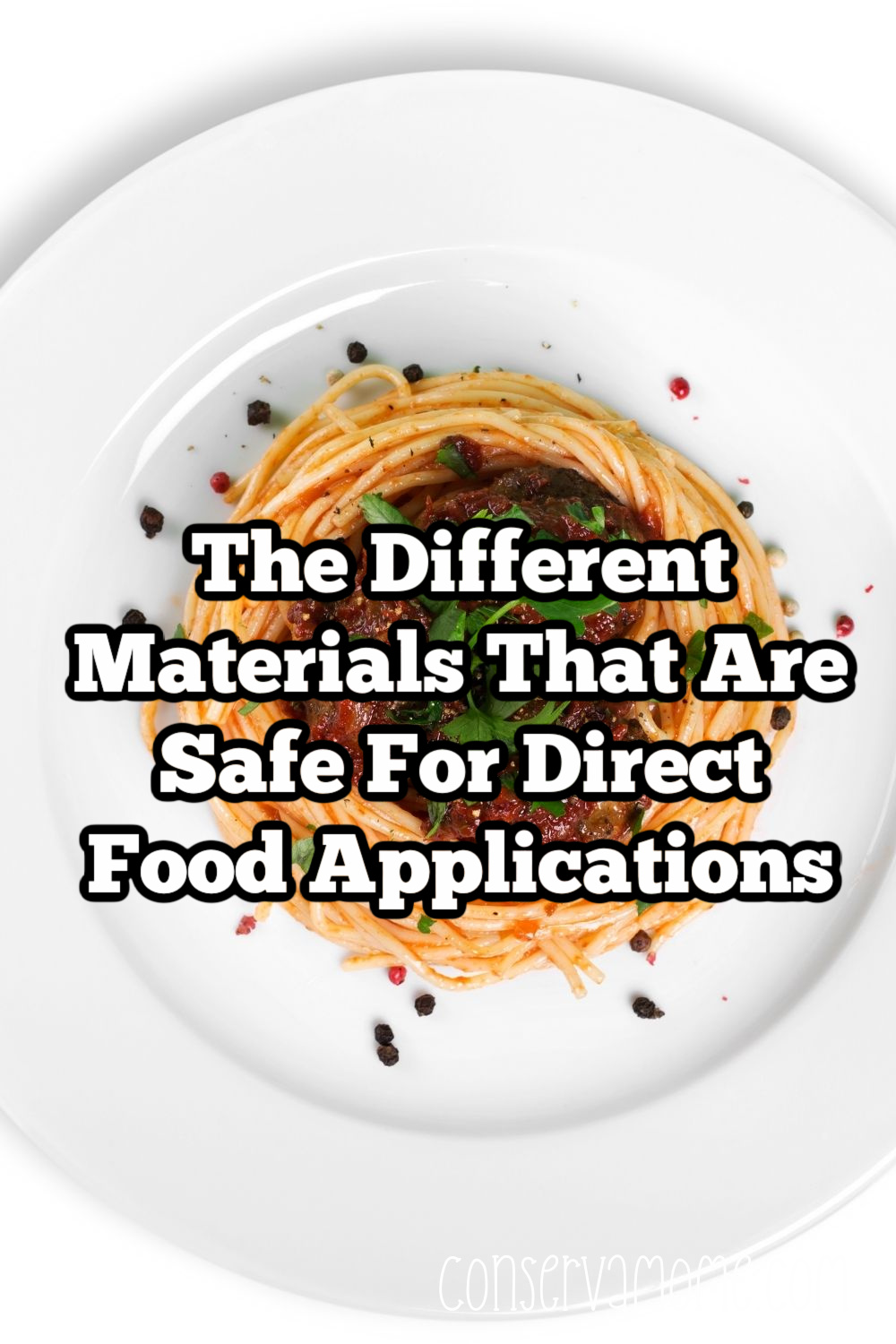There are many materials to use that are safe for direct food applications. Find out which ones are the best to use when handling various kinds of food.
The Different Materials That Are Safe For Direct Food Applications
A common question that is asked by many people is which material is safe for direct food applications. Many different materials are available on the market today to be used as a food contact surface, but they are not all approved for direct food contact. It can become very confusing for an average consumer who does not have any background in this field to find out what they should use when it comes to certain aspects of their kitchen.
This article will help individuals understand the basic requirements that are needed to have a product classified as being “food safe.” It will also put into perspective some commonly used materials and why they would or would not be considered “food safe” surfaces.
Wood
Wood can be considered to be a natural product that is both biodegradable and renewable. It is also porous which means it may absorb some food or liquid that comes into contact with the surface of the wood. The USDA considers this material safe for direct food contact as long as it has been treated, coated, sealed, or manufactured in some way. This type of treatment will make sure that if there are any pores present in the wood they will be closed off so no liquids can soak inside where bacteria could grow on them. This makes sure that any objects placed on top of the wood do not pick up any bad tastes from being exposed to moisture. Another benefit to using wood products for your kitchen is because they are naturally antibacterial.
Plastic
Many different types of plastic are available on the market today for use in the food industry. Most of these items, such as bowls and cutting boards, can be found in almost any kitchen today. These materials are easily cleaned and sanitized which makes them a great choice for any direct food contact surfaces. One of the different types of plastic that is very popular in commercial food establishments is HDPE. It has high resistance to many chemicals which makes it a great choice for kitchenware. It also has good chemical resistance to acids, oil, and alcohol. It is important to mention that HDPE sheets do not absorb any flavors or odors so any products made with this material will retain a high-quality taste and smell for a long period of time. This is one of the safest types of plastics to use on a food contact surface because it can be easily sanitized and cleaned which helps prevent any bacteria or pathogens from forming.
Stainless steel
Stainless steel is another material that can be used for different surfaces in your kitchen. It is easy to clean and sanitize which makes it a great choice when preparing food in any setting. Like many other materials, make sure that it does not contain any nickel or chrome; these metals may cause allergies in certain individuals and should always be avoided in indirect food contact applications. Also, make sure to avoid using regular steel wool because this will leave very small particles behind that will get into your foods and can contaminate them with iron which causes rust. One drawback of stainless steel is that bacteria tend to build upon this type of surface. Therefore, it is important to make sure that the correct sanitizing procedures are followed when using this material.
Glass
Because glass is a nonporous surface, bacteria cannot grow on it unless there is some moisture present. When glassware and dishes are used for direct food contact they must be made from new materials or have been properly cleaned and inspected before being placed into your commercial kitchen. Glasses used in food manufacturing facilities including bars and restaurants usually come with a label indicating that they can be used for indirect and direct contact with food products; they may also display the letters “NSF” which stands for National Sanitary Foundation. The FDA has not approved any type of tempered glass container to be used with liquids even though many types of glass cups are made for this purpose.
Paper products
Paper dinnerware is another popular choice in commercial settings because it is made from a natural resource and makes economic sense when serving many guests at once. When used in a restaurant or cafe, paper products must be able to withstand high heat levels and should not have any metallic printing on them which could end up transferred onto your food. In some cases, paper products may contain recycled materials which may make them unsuitable for direct contact with your foods while cooking or serving. For instance, Styrofoam can contain small amounts of styrene monomer which has been known to leach out of the foam especially when exposed to higher temperatures like those present during a fast-food cooks time in the kitchen.


Leave A Reply!